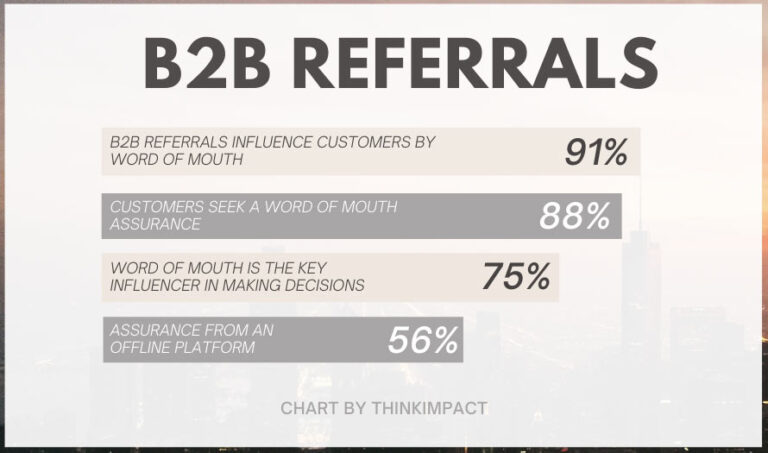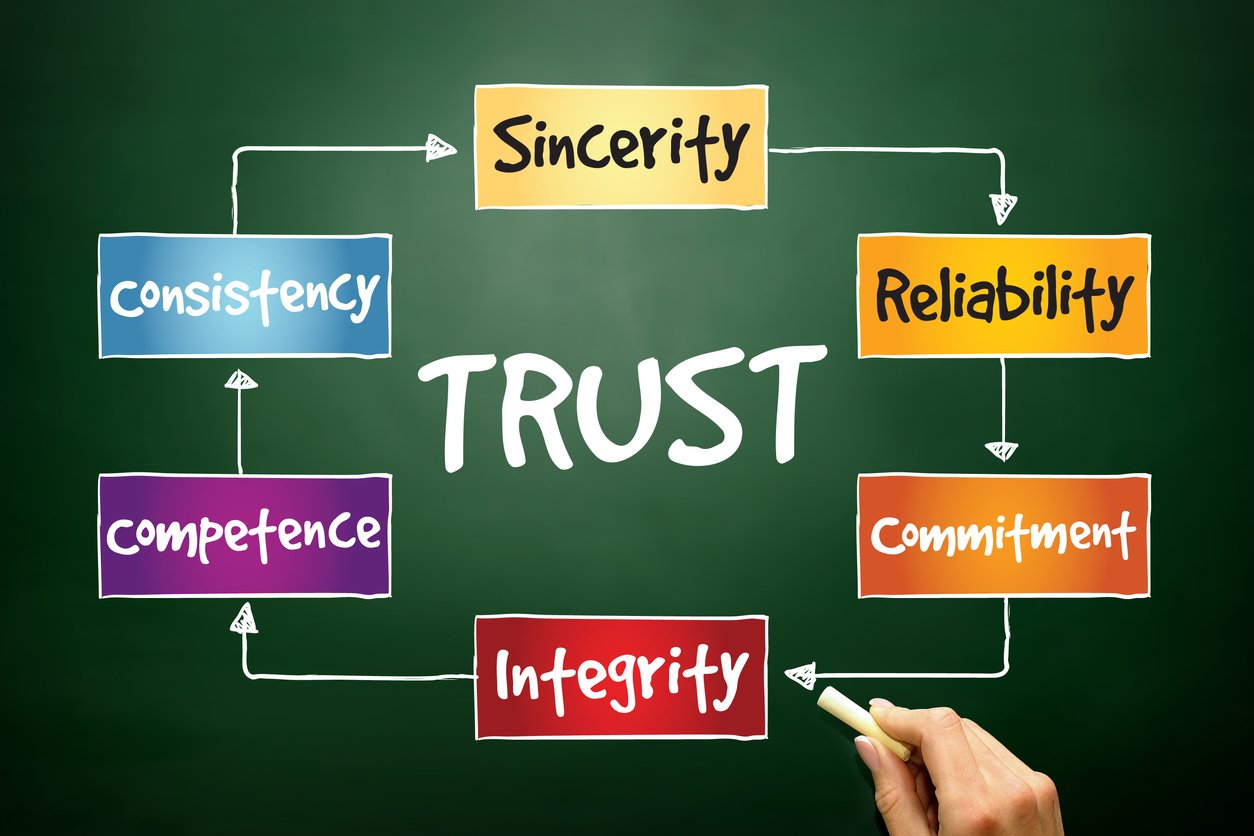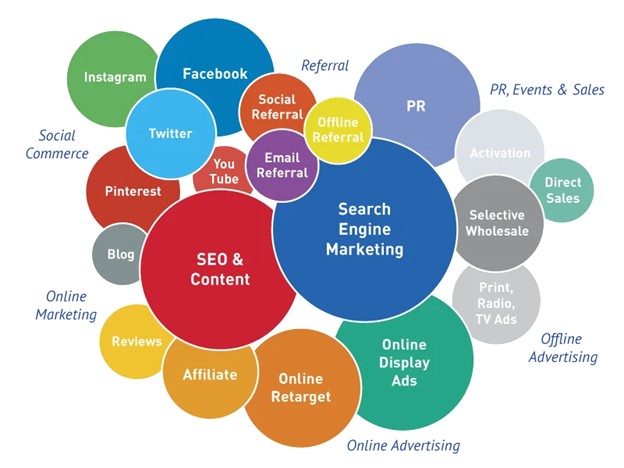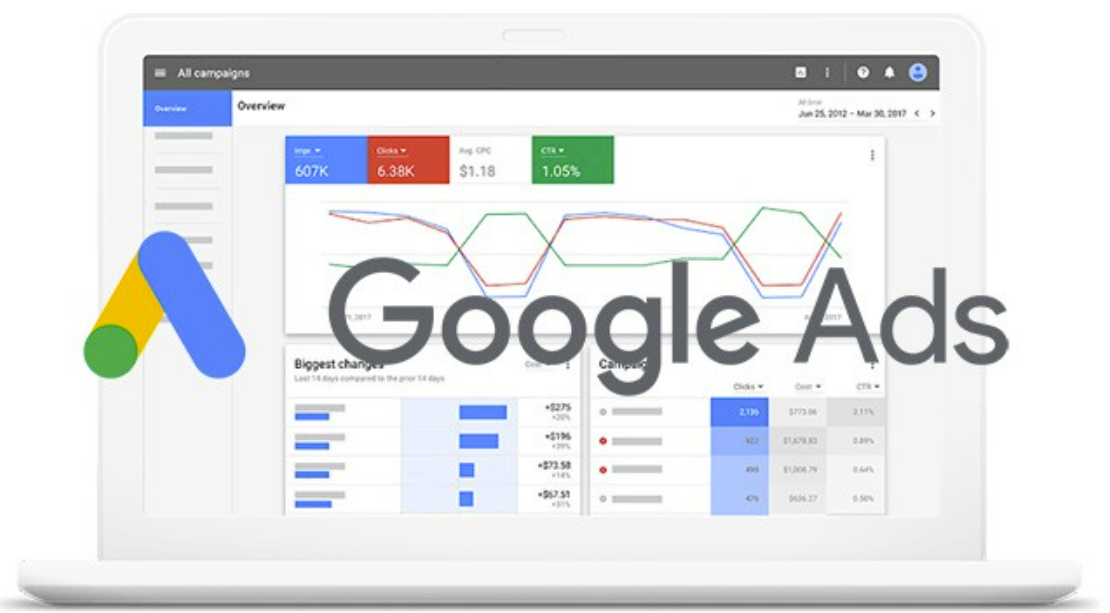Your business needs to build trust in your target cohorts to be successful. Statistics show that most enterprise buyers are actively seeking out open and honest business relationships that foster deep trust. Once you establish trust, these customers will become loyal enough to send you referrals; 78% of B2B referrals result in viable customer leads for a brand.
But first, you need to build trust online without ever meeting your lead. Below we discuss how to do just that.

Use Know-Like-Trust to Build Trust
Leveraging your brand presence and likeability will help create an authentic experience. Like people, if they are fake of inconsistent, we tend to be suspicious of them. We are no different with brands.
Using the marketing know, like, trust strategy will get you on the right path. Here are some basic steps to getting started.
- Present your brand information in places where your ideal clients will find it so they can get to know your brand. You need to stay top of mind so you are there at the right time – when they start looking to solve the problem that your solution supports.
- Presenting content, messages that are real and helpful is a great start to being liked. Everyone likes helpful people. The idea is to showcase your brand’s expertise in a way that answers potential customers’ questions. Here is your opportunity to share what your brand stands for so you attract leads that align with you.
- Marketing consistently and sincerely helps you become a reliable source of information that addresses potential customers’ challenges. Trust.
How to Build Trust - the Details
Building trust is about the experience you provide your prospects through your digital channels. Your brand needs to come across as responsive and committed to helping solve prospects’ problems. We have all seen a lot of phonies in the past few years. People are wise to insincerity.
Consistent Online Presence
You’ve heard it before: “First impressions are everything.” This may be true, but online, humans like consistency. Not just in messaging. Humans like consistent design too.
This includes your logos, social media profiles, image styles, messaging, and site design.
When a customer lands on your website or your social channel they need to feel like they’re in familiar territory.
Tone of Communication
Your brand communications need to keep the same tone across all channels. It’s not necessary to use identical language, but make sure that the feeling behind your words is always the same. This overall messaging will play a role in your target audience’s perceptions.

Listen Consistently
Communication is about getting your message across. But it’s not just about you sending a message. It is also important to listen to what the customer has to say. B2B companies should listen more and start discussions that connect with their customers in online communities.
To establish a trusting relationship, you need to create an environment that encourages genuine conversations. Your prospects need to feel heard and that you’re committed to addressing their issues.
Sharing Ungated Information
Providing informative content is essential for gaining trust and establishing connections with your audience. Unfortunately, brands want to collect email addresses in order for readers to get the content. At the top of the funnel, this can really backfire in building trust.
Join the Conversation
It’s important for brands to have their key thought leaders join the right and be active in online communities. These conversations and contributions help establish your brand’s thought leadership and show the helpful, human side of your brand. The problem usually arises in the consistency of your thought leader staying engaged. This is why many brands and executives have social media specialists managing their social media profiles.
Engaging in communities where your ideal customers hang out, such as the Microsoft Tech community, AWS Partner Network, GrowthHackers Community, and LinkedIn groups, can really build your brand’s presence. Focus on establishing thought leadership and displaying a variety of voices that showcase your expertise and breadth are especially helpful for B2B businesses.
Producing Great Content
B2B buyers don’t turn to salespeople for answers until they are ready to buy. But they still want companies to be trustworthy sources of information. B2B brands need to produce well-researched content for their targets.
Sharing long-form content allows you to present your prospects with something of actual value. This is when you can gate the content. It also works best at the middle of the funnel. You can use videos, webinar recordings, analyst reports, ebooks, case studies, and white papers.
Your material should be authoritative, reliable, and written by an expert in your field – if you can commission one. Consider creating podcasts where you share insights or interview experts in your field. You can also hire ghostwriters to create reports around a specific outline. This will not only improve your conversion rates, but it’ll also improve your Google search engine rankings.
Consistently Build Trust
Because of Covid, in-person events are still unavailable. It’s hard to build relationships with clients online. But, you can consistently build trust and convert warmer leads with some help from marketing. It needs to be a coordinated effort across leadership, marketing, and sales.

Pressure Creates Rogue Salespeople
In the digital world, it’s harder for salespeople to establish a personal connection with their prospects. So when they can’t find a face-to-face approach to building relationships, they sometimes resort to being overly aggressive to gain an “edge” over the competition. Even if you have a great product, agro salespeople reflect badly on your brand.
The best way to do it is to control the communications and lead ownership through the entire process. Customers are no longer persuaded by the pushy salesman technique to buy from you. Instead, concentrate on how you can help solve their problems.
Embrace Your Mission Both Online and IRL
So much has been written about brand culture and missions. Let’s be honest. Customers don’t care about either. They only care about how you can help resolve their issues. If your mission aligns with their problems, then embrace it and promote it.
Here are some disconnected Mission Statements that don’t matter to anyone except the high-paid consultant or communication team that developed them.

“MGM Resorts is the leader in entertainment & hospitality–a diverse collection of extraordinary people, distinctive brands and best in class destinations.”
Aka – we think we are amazing, even if this is a pipe-dream!
 “McDonald’s brand mission is to be our customers’ favorite place and way to eat and drink…Our worldwide operations are aligned around a global strategy called the Plan to Win, which center on an exceptional customer experience–People, Products, Place, Price and Promotion.”
“McDonald’s brand mission is to be our customers’ favorite place and way to eat and drink…Our worldwide operations are aligned around a global strategy called the Plan to Win, which center on an exceptional customer experience–People, Products, Place, Price and Promotion.”
Aka – bring your money, we want to win, and we desperately need someone to check our grammar!
People will find disconnects in your messaging, even if you are not an Enterprise level brand. Here’s another example:
“After years in corporate sales and marketing witnessing my peers lead padding to hit their quotas, I left to start this agency. All our strategies and execution are focused on bringing in workable leads for your business.”
This is my mission for my About page.
I witnessed a lot of sketchy behaviors during my time in corporate sales and marketing – I worked in both. I have said no to clients with very large budgets because they wanted me to create strategies or execute plans that were disingenuous. I have learned that those people always end up unhappy when they cannot have quick wins. B2B marketing is a marathon, not a sprint. You need to do the work to reap the rewards.
Build Trust, Build Your Brand
Earning trust in the digital world is challenging. By following these simple, yet effective steps, you can be sure to connect with targets that will like who you are and trust what you stand for. These leads will convert to revenue eventually, as long as you are producing a good product.
Be consistently credible and authentic, and you’ll become the trusted brand partner that your leads are truly seeking. Let the leads that don’t align with you go. It’s better, in the long run, to focus on leads that pick up what you are putting down.










